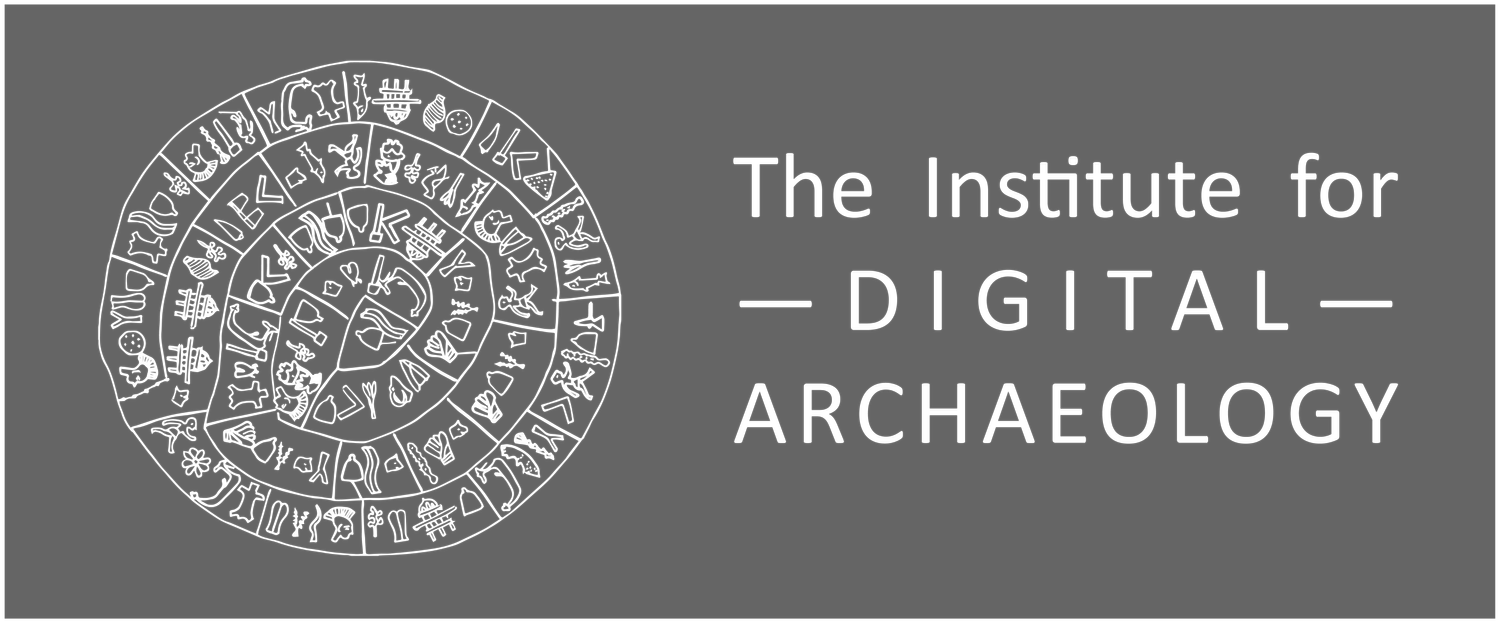On-Site Reconstructions
"The conservation and restoration of monuments must have recourse to all the sciences and techniques which can contribute to the study and safeguarding of the architectural heritage. Where traditional techniques prove inadequate, the consolidation of a monument can be achieved by the use of any modern technique for conservation and construction, the efficacy of which has been shown by scientific data and proved by experience."
- The Venice Charter for the Conservation and Restoration of Monuments and Sites
Palmyra: a task of global mission
Prof. Dr. Maamoun Abdulkarim, Director - General, DGAM/Syria
The life of the Syrian people rests on their cultural identity, and Palmyra represents one of the most unique and exceptional cultural heritage sites, not just in the Syria but the whole world. In March 2016, the site was liberated from the Daesh (ISL) terrorist group. Documenting the extent and kind of damage incurred has already started, and developing our recovery plan with UNESCO, international experts and partner organizations will be our priority.
The destruction of Palmyra by Daesh (ISL) has underlined the effort needed to effect large-scale reconstruction. We know that the plans to restore Palmyra to its former glory are grand, but they can be realized if the task is treated as a global mission under international criteria.
Recently, the safeguarding, protection, and appreciation of the remains of the past has gained a powerful tool: the possibility of immersive visualization and 3D reconstruction of archaeological sites and finds.
We are glad and thankful to explore this technology with the Institute for Digital Archaeology (IDA), an organization that promotes the use of digital imaging and 3D printing in archaeology and conservation. The IDA’s Arch of Triumph of Palmyra serves as a model for how, together, we will bring life back to Palmyra and restore the site as a message of peace against terrorism, and will further collaborate in this way on other heritage sites in Syria.
Mr. Khaled Hiatlih leads our on-site reconstruction initiative in Syria. In collaboration with the Directorate General of Antiquities and Museums and other regional stakeholders, we are exploring all aspects – methodological and conceptual – of the application of new technologies to the repair and reconstruction of archaeological sites. Mr. Hiatlih has worked in many projects in Syria such as the restoration of the Folk museum (Azem Palace) in Damascus, and led a team to document all the mosaic panels in Syrian museums as part of a database project with the European center for Byzantine and post-Byzantine monuments. Mr Hiatlih graduated from Damascus University and studied at Birmingham University, USA. He works closely with our technical team, under the direction of Dr. Alexy Karenowska. Our first pilot reconstructions will begin in Autumn 2016.
"The IDA is undertaking reconstructions of lost architecture out of respect for the history and heritage these monuments represent -- a history and heritage that informs the art and architecture that beautifies our cities, the science and technology that eases our lives and the literature an philosophy that gives us a deeper understanding of our world and ourselves. However, we also view this work as an important gesture of friendship and solidarity with people in the regions of conflict -- people with whom we share a common history that is represented by the very artifacts and monuments we seek to protect and preserve."
- Roger Michel, Executive Director, IDA
"In Iraq and Syria we have the records, the scholarship, the skills and the money to reinstate ancient sites and re-fire our imagination. I applaud the Institute for Digital Archaeology for dedicating itself to the task of reconstruction."
- Sir Simon Jenkins, Former Chairman, UK National Trust



